A reef tank is not like a television. You can’t simply turn it on, sit back and watch it, and not have to interact. Like gardening where you need to cultivate, seed, and weed in order to reap a harvest, or raising orchids where you need to manage the humidity and nutrients a reef tank requires effort. And a significant amount of this effort comes from doing regular maintenance. While not glamorous or sexy like selecting corals or fish or even aquascaping the tank, regular maintenance goes a long way toward long-term success in the hobby.

The goal of doing regular maintenance is to keep things as stable as possible while at the same time keeping all of the equipment in optimal condition. Regular maintenance includes water testing and maintaining the RO/DI system, which has been discussed previously, water changes, which will be a separate article of its own, as well as numerous things that need to be done in a tank regularly. Before discussing the maintenance tasks that need to be done, I would like to point out some of the things I have learned that have made doing maintenance easier for me.
First, do the small tasks regularly and often do not let them pile up, and then do them all at once. By doing this you take the time to do them properly rather than rushing through them which is often the case when there are a lot of things to do. This helps make sure they are done right and also helps maintain the tank stability which can suffer when too many things are done at once. Second, set up a means by which you are notified in a timely fashion when maintenance tasks need to be done.
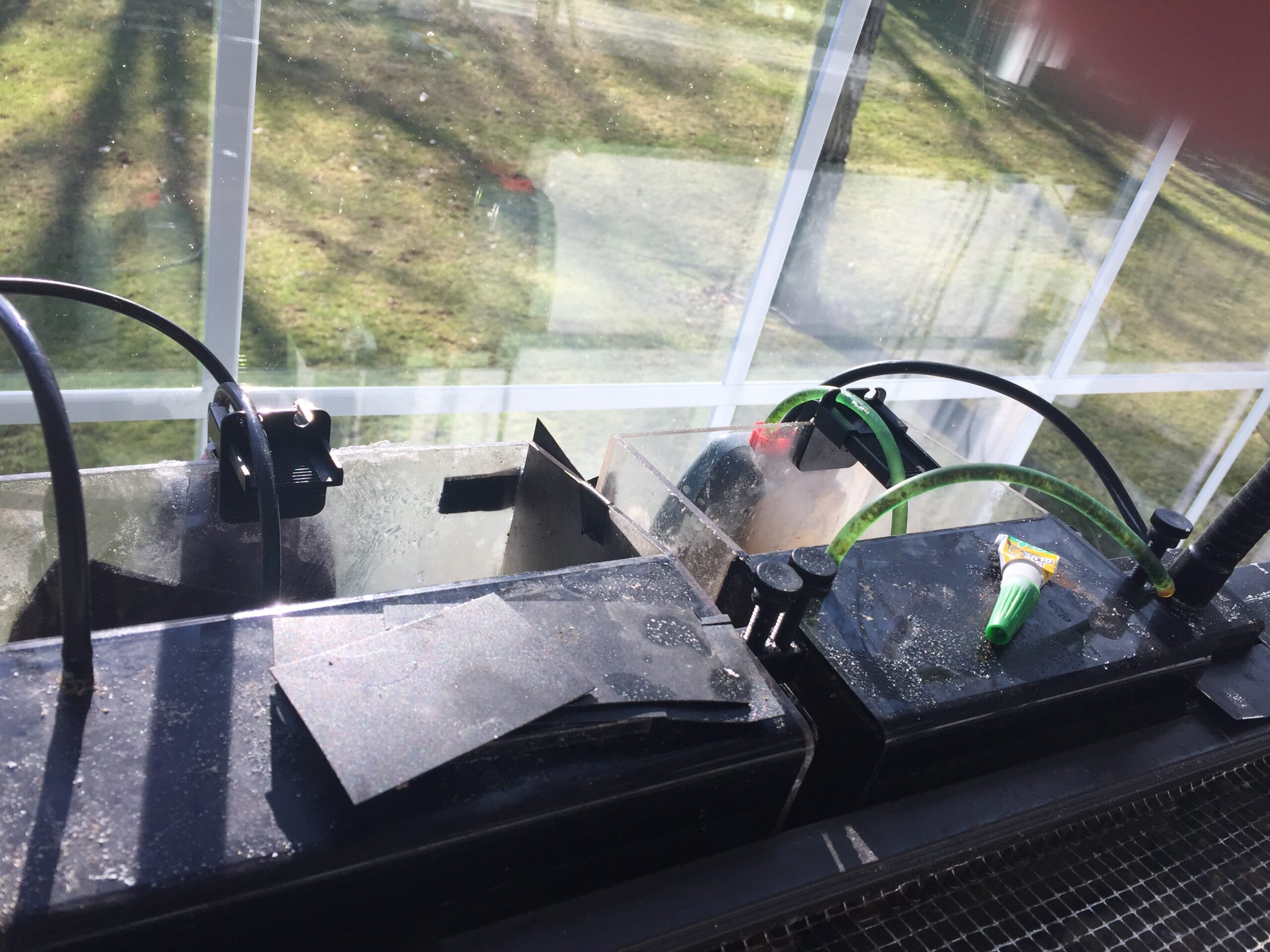
Set up reminders on your phone or a whiteboard so that you know when something was done and are notified when it needs to be done again. Lastly, make things as simple as possible to do. That is look for ways that make doing something easier when you can. The reason for this is that the simpler something is to do, the more likely we are to do it. No maintenance task that I know of is fun, but when I have made it simple to do, I found that I did it on a more regular basis.
Maintenance tasks can be broken down in several ways, with the easiest way I have found to be in terms of how often they need to be done. Some tasks are daily, some weekly, some monthly, and the last are quarterly or yearly. And there are also some tasks that are done on an as-needed basis. Obviously, the daily tasks and as-needed tasks do not need to be kept track of or have reminders set up for, but as mentioned above some kind of reminder system should be in place for any task done more than weekly.
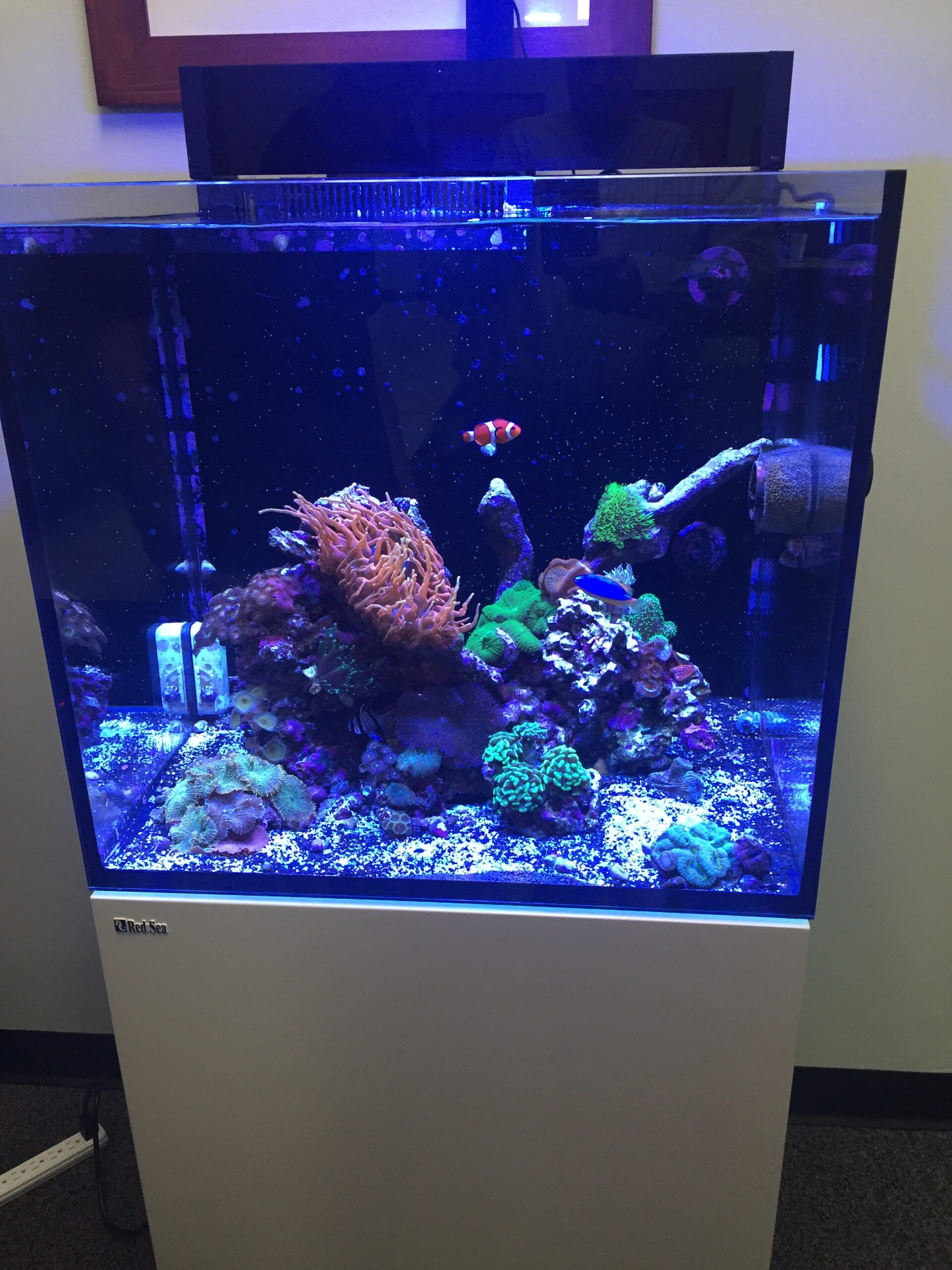
Daily maintenance tasks
Daily and as-needed maintenance tasks include water top-off, cleaning the glass, re-attaching corals that have fallen, feeding the tank, wiping off salt creep and just keeping things neat and organized around the tank. One aspect of tank maintenance that is often neglected is keeping things neat and organized with all of the equipment having a specific space where it is stored. If you start being organized by having places for each piece of maintenance equipment, like coral cutters, nets, food, glue, and tools it will save you a significant amount of time as you will not be wasting time looking for things that you do not need to if they are in their right place. It took me a long time to learn this lesson, but now I realize how much time I wasted just looking for things that I misplaced.
These tasks may seem trivial, but they all go a long way toward enhancing our enjoyment of our tanks. For cleaning the glass I suggest a floating magnet for cleaning the inside of the glass. This not only keeps your hands out of the tank, but it also keeps your hands from dripping water when they are taken out of the tank. Everyone gets algae on the glass. How often it needs to be cleaned is usually a good indicator of how the tank is doing. When I have not had to clean it at all it usually was not a good sign as it indicated that the nutrients were too low. Conversely, if it needed to be cleaned every day they were too high. The sweet spot for me in my tanks is when I need to clean the glass every 3-4 days.
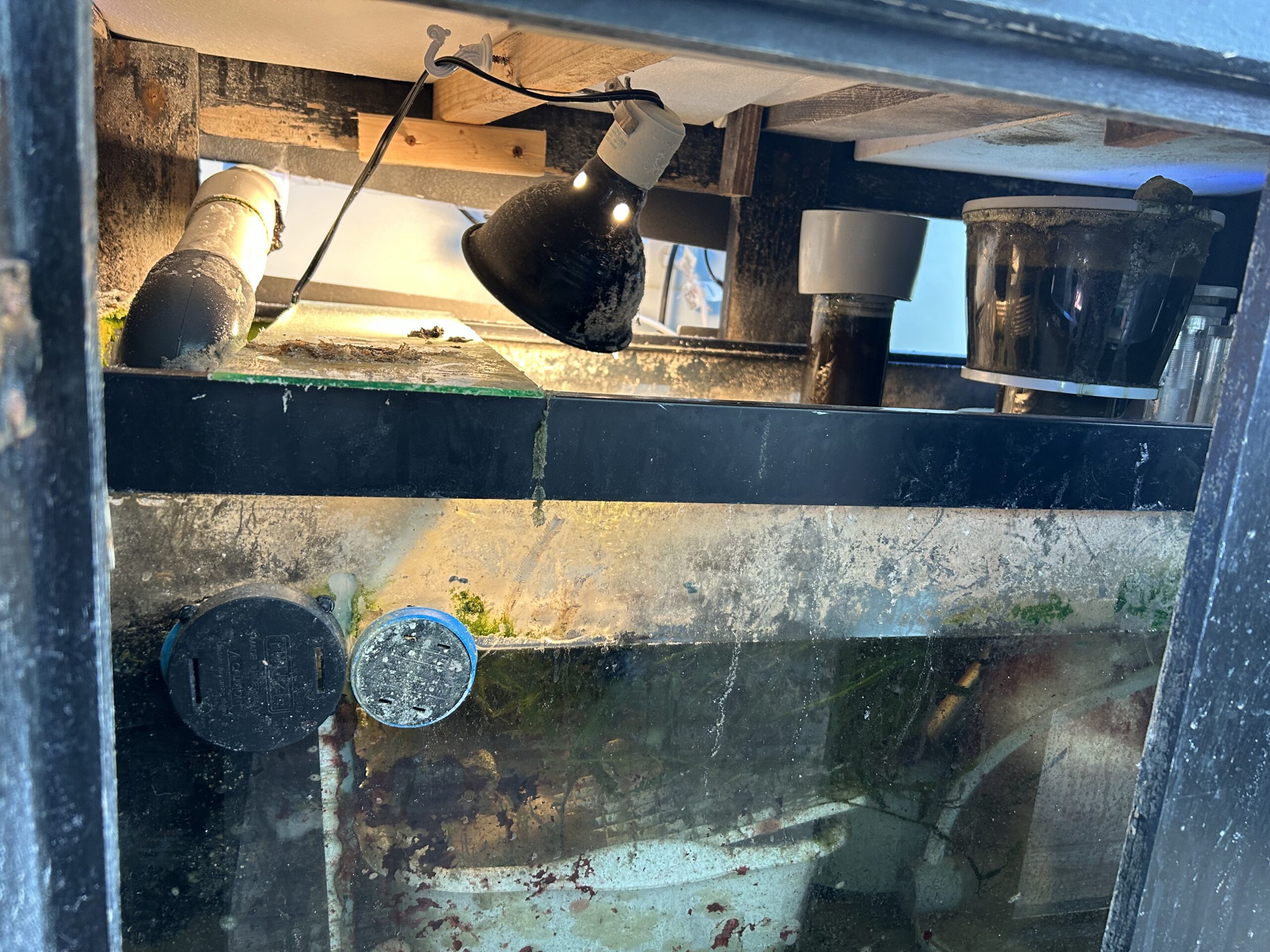
Do not store the magnet in the tank as it can corrode and cause problems and if it is left in the tank there is also a greater chance that sand or a piece of substate will get caught in it and this can lead to the glass being scratched. Like cleaning the glass cleaning salt creep needs to be done regularly. Not only is it unsightly, but it can cause issues if it reaches any electrical equipment. If you are getting salt creep do not just clean it off, but also determine what is causing it and fix it so that the creep does not continue. If it has hardened and is not easily removed scrape it off and then soak the area with a warm wet cloth until the salt loosens and can be removed.
The weekly or bi-monthly tasks are to me the most critical in that they help keep the tank stable and also provide an opportunity to see where things are at. They include water testing, changing the mechanical filtration, replacing the liquid if using 2 part dosing for calcium and alkalinity, cleaning the scum cup, neck, and body of the skimmer, water changes, and detritus removal. Testing and noting the changes from week to week is vital for seeing how the tank is doing and how stable it is. If something is off, find out why and make the adjustments slowly.
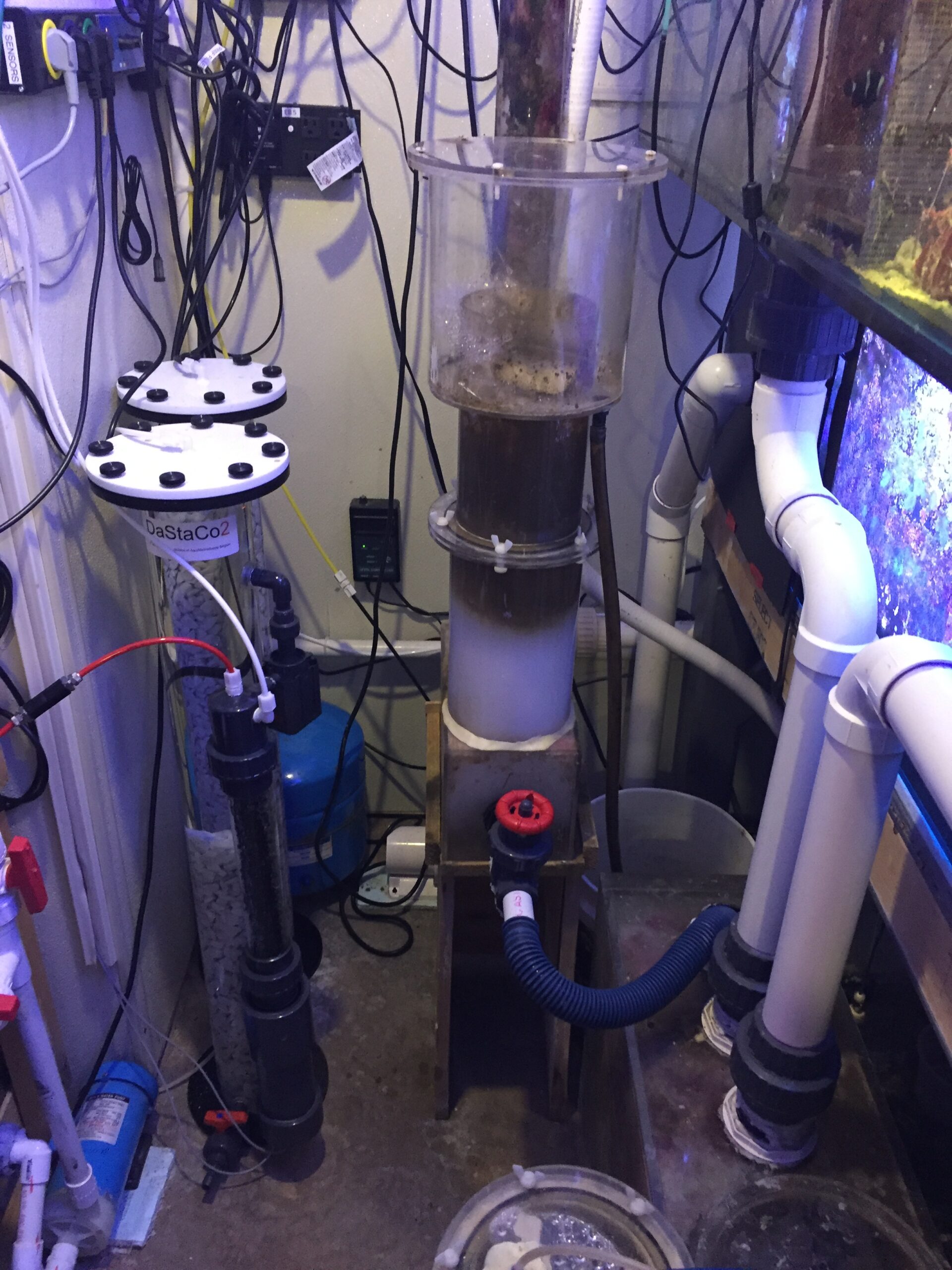
Most conditions did not happen overnight so changing them quickly may cause more harm than good. This is why it is critical to do them regularly. Keeping the tank clean via mechanical filtration replacement and having the skimmer at optimal efficiency is also beneficial. There are now self-cleaning heads for skimmers that increase their efficiency, but this can also be achieved with regular cleaning of the neck and body of the skimmer as well as the scum cup. Anything that can be done to remove waste and detritus is good and this is why these weekly tasks are so critical.
The monthly or quarterly tasks are slightly more involved and require more time, so we tend to get lazy and put them off or neglect to do them. For these reasons, reminders should be set up so that they get done. These tasks include changing the prefilters on the RO/DI unit or even changing the membranes and resin on these units, if your water is particularly bad, dismantling and cleaning the powerheads, recalibrating any probes, cleaning the lenses on the lights, replacing or adding media in a calcium reactor, cleaning the return pump, cleaning the overflows, dismantle and clean the skimmer including the venturi, adjusting the flow in the tank to eliminate dead spots.
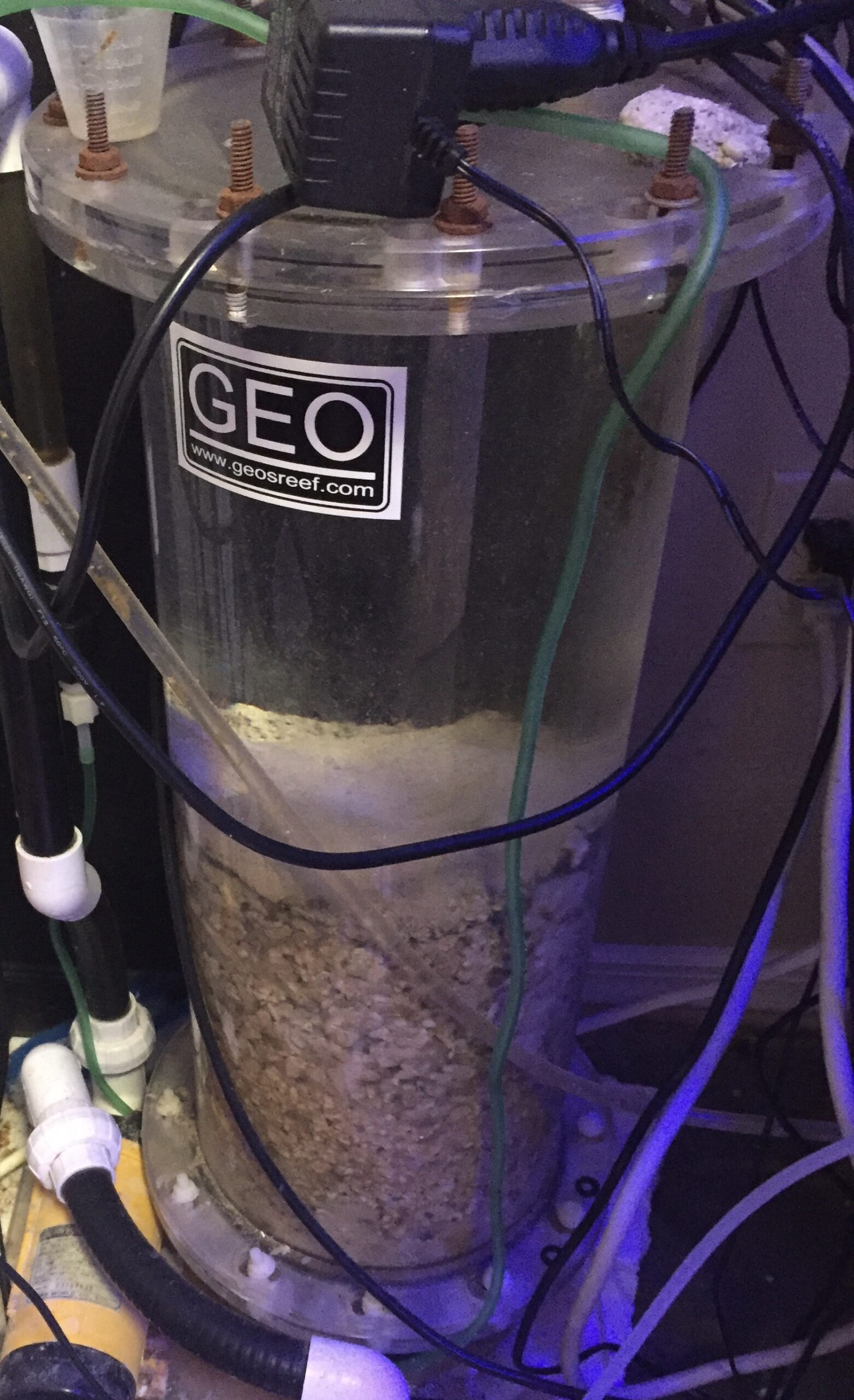
Some of these may seem like big unnecessary tasks, but I have found that changing the prefilters, carbon, and sediment filter can dramatically increase the life of both the RO membrane as well as the resin. I used to change these quarterly, but I was amazed when I looked at the sediment filter after a month and saw how brown and full of dirt it was. I assumed from that that the carbon filter was equally as dirty so for this reason started changing them on the first of every month.
Efficiency is also why the powerheads, gyres, and return pumps are also now all taken apart and cleaned every quarter. This used to be a yearly task and was a huge undertaking in that after a year all of these items were covered in calcareous organisms, detritus, and algae. Now by cleaning them once a quarter, the process is easier and quicker, and their efficiency is kept new optimal for a longer portion of the year. This more frequent cleaning has also reduced the need to completely replace the units as frequently as I previously had to.
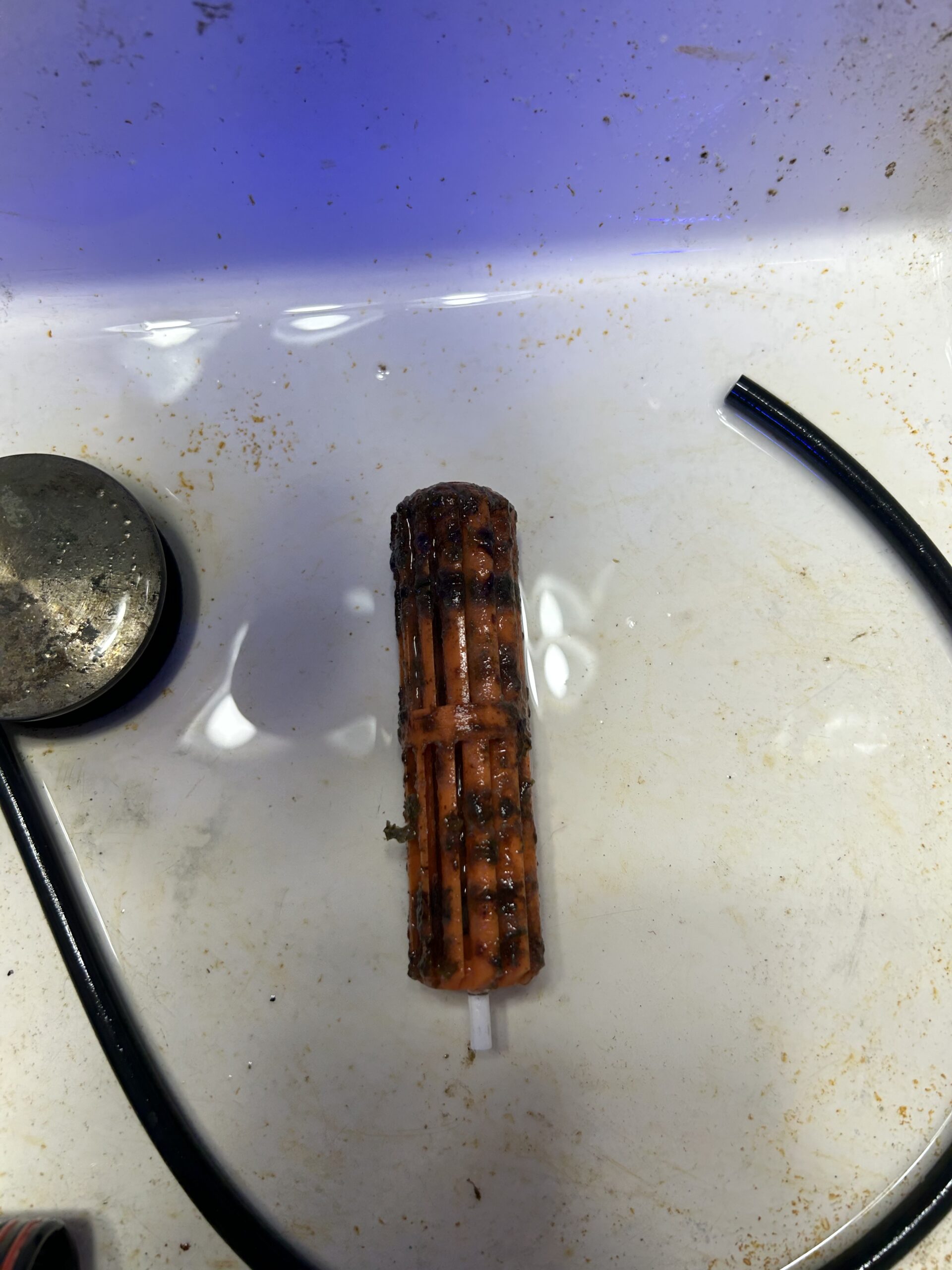
I have also simplified the process by simply removing the pumps and placing them in double-strength citric acid in a large bucket and reducing their flow to the lowest level. They then run in the bucket for an hour or so and then are rinsed and if any residual material remains it is cleaned off. Even after this, at times it is necessary to completely dismantle them and clean the parts separately, but this is a less frequent occurrence as well.
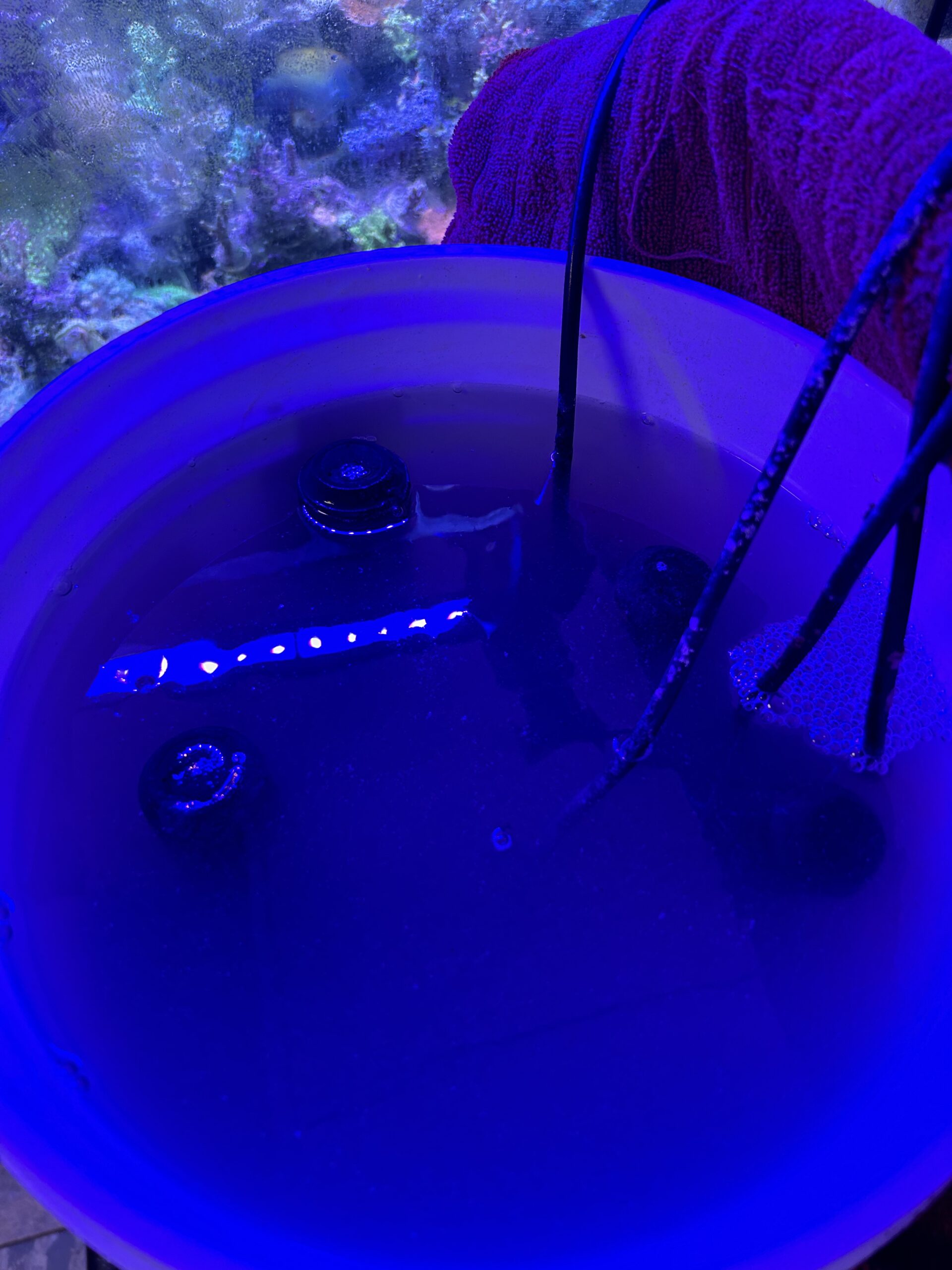
Cleaning the lenses on the lights also increases their efficiency. Despite our best attempts to prevent it, salt spray still makes its way onto any lights we have. I have measured and found that if left uncleaned this residue can reduce the light by 10-25%. For this reason, once a month all of my lights are cleaned with a microfiber cloth. Lastly as mentioned above a clean skimmer is an efficient skimmer. For this reason, once a quarter all of my skimmers are taken offline, at least partially dismantled and cleaned. It may take a day for them to come fully back online, but once they do they usually remove more skimmate than they did before the cleaning.
Yearly tank maintenance
The last maintenance tasks usually only require being done once a year and are the least fun tasks to do and should not all be done at the same time. These tasks include cleaning out the lights, removing and cleaning the big pumps in the tank, replacing tubing or pumps on dosers, cleaning out the sump, cleaning out the plumbing, and cleaning and checking any and all valves. Since most of us now run LED lighting we are aware that our lights have fans and vents. Over time, these tend to accumulate salt and dust which can damage the units.
For this reason once a year at least I take the lights offline, take them partially apart, remove and dust or dirt that has accumulated, and use compressed air to blow them clean. This has greatly improved their longevity. Currently, I am employing over 20 separate LED units on my tanks, so this takes all day. Just as time-consuming is the yearly sump cleaning which entails the removal of all equipment from the sump followed by scraping the bottom and sides with razor blades followed by siphoning off the resultant sludge. Even the live rock kept in the sumps is basted and rinsed.
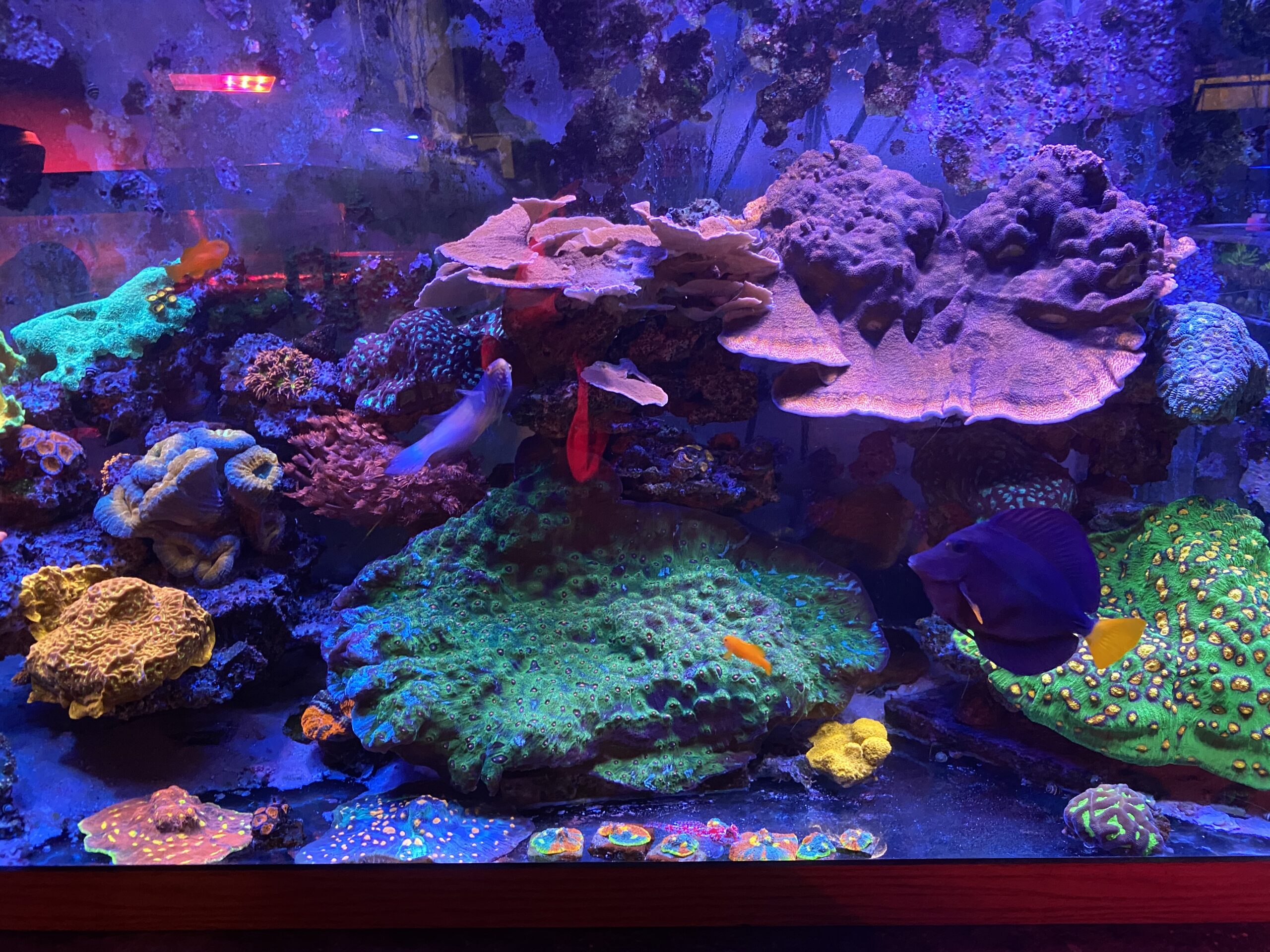
While none of these maintenance tasks are fun, they are all necessary to achieve long-term success with our tanks. If doing them is spaced out over time and they are done regularly none of them are overwhelming or even difficult to do. The problem is finding the time and realizing that a little time spent doing them will pay dividends in the long run. A reef tank should never be looked at as a short-term project requiring little effort, a reef tank is not a goldfish bowl. But if you put in the work at maintaining the equipment necessary to run it properly the result can be a lifetime with a rewarding hobby.


